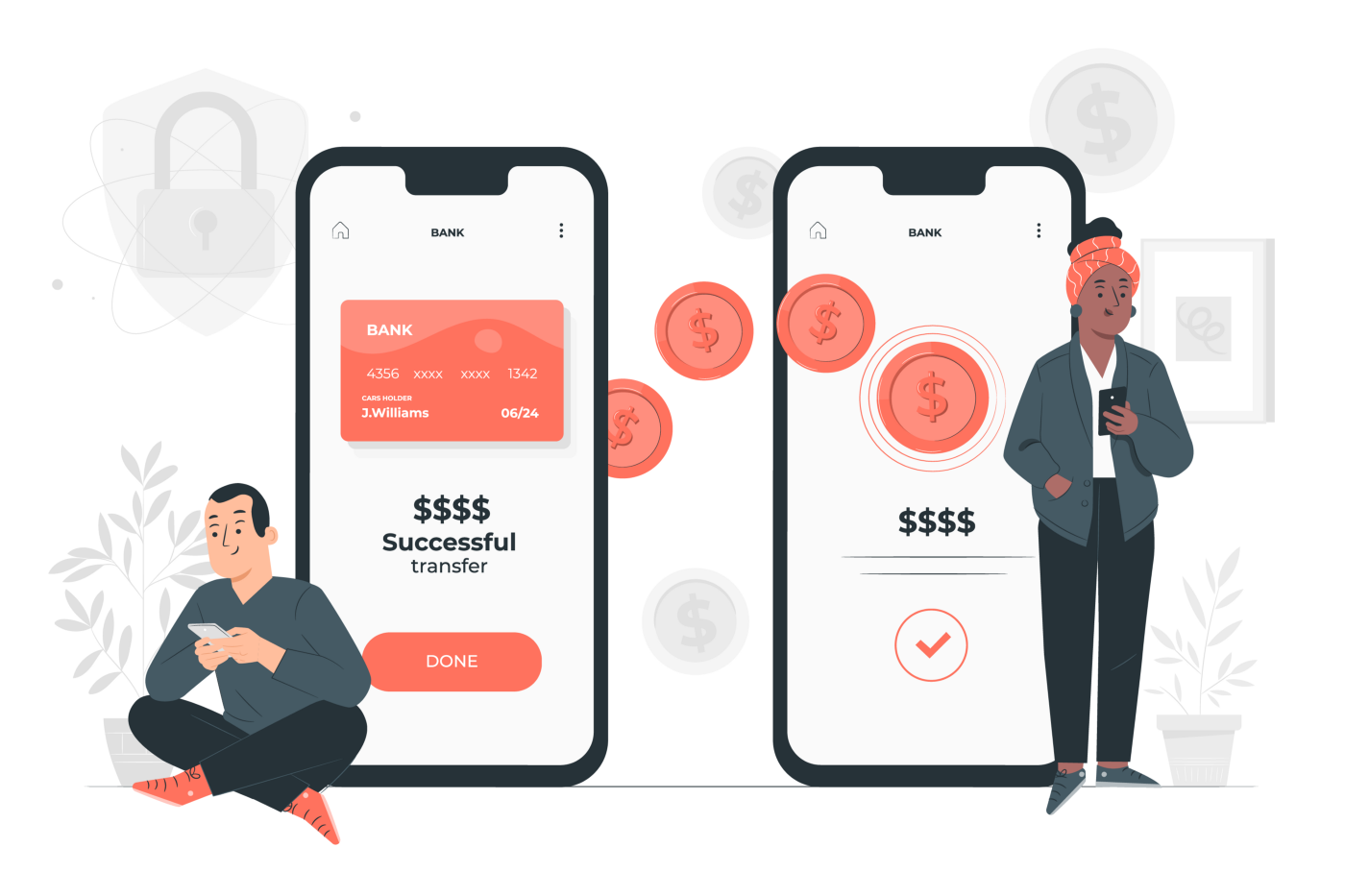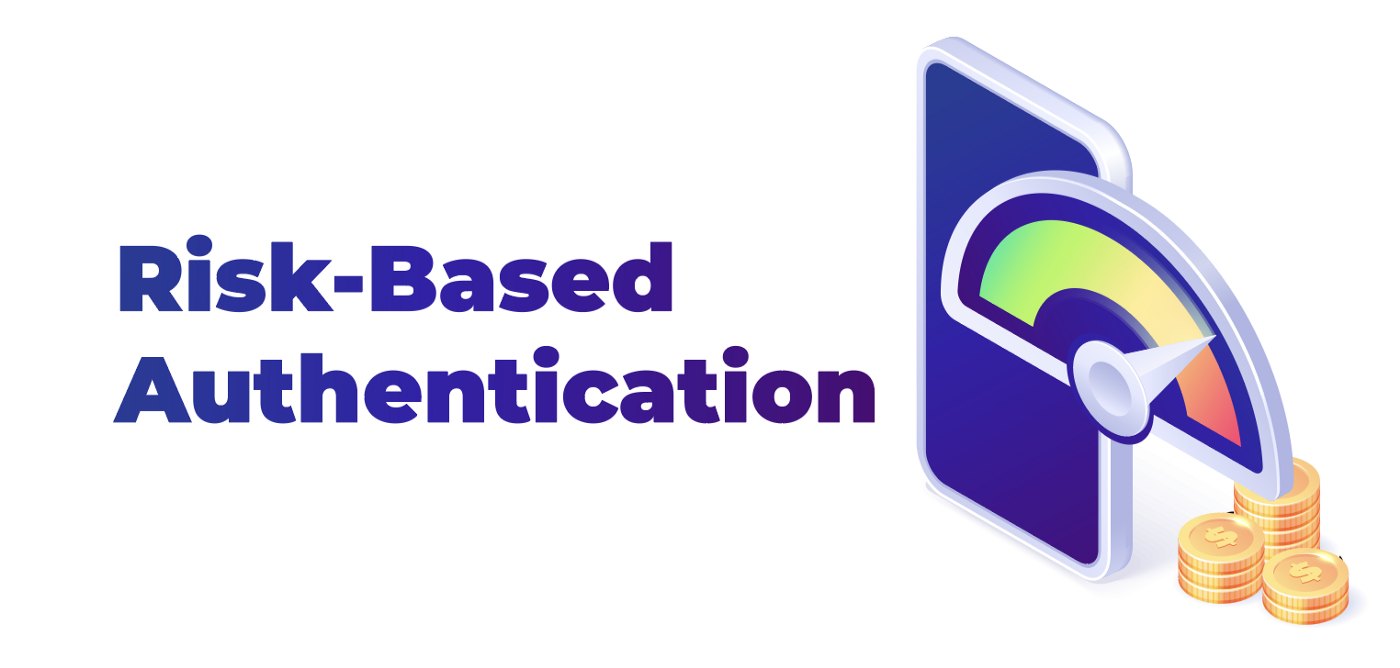Before the invention of the steam-driven railways in the 1800s, mankind was dependent on animal pulled wagons to transfer goods. The Tanfield Wagonway in England, the first large-scale railway, used horses to haul coal-filled wagons from the mining village of Tanfield. On the lookout for faster and more convenient forms of transportation, evolved from horses driven wagons to steam engines, from steam to diesel, and from diesel-driven to engines driven on electricity. Fast forward to the 21st century, the world is experimenting with hydrogen-powered trains.
Consider the banking industry. Though there is no trace of the word ‘banking’ before the 1600s, the practice of safekeeping, saving, and transacting money can be traced back to the temples of Babylon. The Arthsashthra, written by Chanakya around 300 BC, has mentions of ‘hundis’ or letter of transfer.
Had the banking industry failed to ride the technological horse, money transfer initiated through hundis would have taken days or at least hours, to reach the designated payee through the fastest railroad. Thankfully, the banking industry learned to ride the technological horse and today with the help of electronic transfer can facilitate the process of money transfer. Electronic transfer not only made money transactions faster but also convenient for the people, who were saved from the age-old hassle of going to a nearby branch and waiting for their turn in the long queues at the bank teller.
Can money transactions be made faster and more convenient for the customers?
The movement of the electrons, involved in the electronic transfer, cannot be made faster with current feasible resources nor the customers can have a more convenient experience in making transactions from the comfort of their homes.
The only way to provide a better — faster and convenient- banking service could be through optimization of steps involved in internet transactions.
A large part of the processes involved in electronic money transfer is dominated by Authentication or security — ensuring the money transfer takes place from the genuine customer. The introduction of OTP has been a major advancement in the banking industry. However, it is the one step that may be loved by the banks but hated by customers, especially when the OTP fails to arrive on time or when the user makes a mistake.
Removing OTP altogether poses a serious threat to security and thus banks still rely on OTP services for user authentication.
This brings us to the question — How authentication can be made faster and more convenient? Is it possible to have convenient security?
The answer lies in DATA. Let’s consider a simple case of house-rent transfer.
A genuine user would be transferring the same house-rent amount month after month to the same account, using mostly the same wifi connection (ISP), the same laptop/mobile, and may be even on the same day of the month.
A fraudster, for sure, wouldn’t be so generous to take the pain of paying rent on the user’s behalf.
All the parameters above can be easily tracked and monitored with data. The answer to a “Faster & More Convenient Authentication/Security” lies in identifying the right set of data and formulating them into risk assessment. Higher risk should demand stricter authentication whereas lower risk should lead to faster and convenient -frictionless transactions, paving way for customer delight.
The pandemic has accelerated the adoption of cashless transactions across the globe and is forcing the bank, more than ever, to evolve in order to meet the demands of smartphone-led online shopping culture, with cards and digital wallets rising in prominence. Banks need to leverage data and segregate high and low-risk transactions in order to provide ‘faster and convenient authentication to their customers.
The demand for a fast, reliable, secure, and frictionless payment experience by customers requires banks to adopt fraud detection systems, which leverage the power of data through advanced machine learning technologies. When it comes to detecting subtle patterns which help in the identification of fraud transactions, machines are more effective than humans.
Today, irrespective of the field, the power to leverage data, to provide ‘faster and convenient service, is one of the biggest assets for any organization.
The faster and higher the convenience, the greater is the customer delight.
The greater the customer delight, the higher is the customer loyalty.









